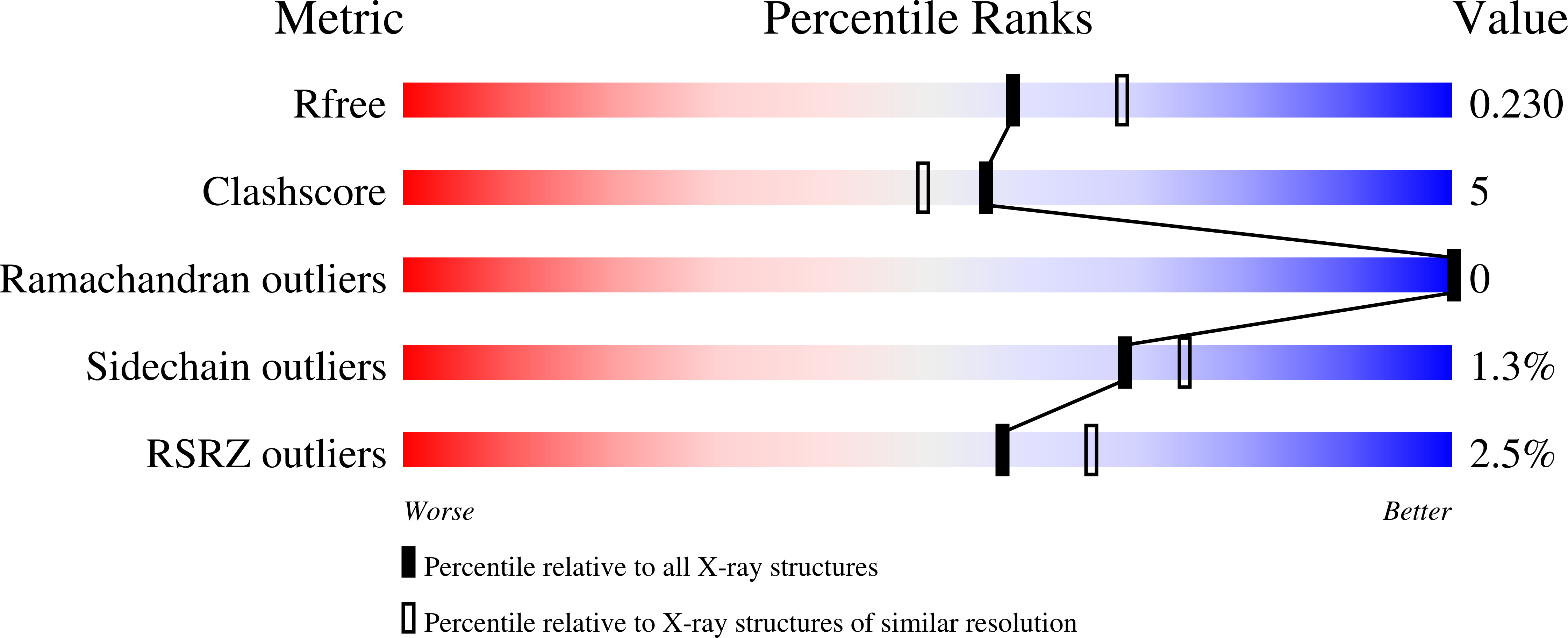
Deposition Date
2021-06-08
Release Date
2022-04-06
Last Version Date
2024-11-06
Entry Detail
PDB ID:
7N6P
Keywords:
Title:
Crystal structure of the anti-EBOV and SUDV monoclonal antibody 1C3 Fab
Biological Source:
Source Organism:
Homo sapiens (Taxon ID: 9606)
Host Organism:
Method Details:
Experimental Method:
Resolution:
2.15 Å
R-Value Free:
0.23
R-Value Work:
0.17
R-Value Observed:
0.17
Space Group:
P 21 21 21


